Space Debris Disaster averted by 30m
24th May 2023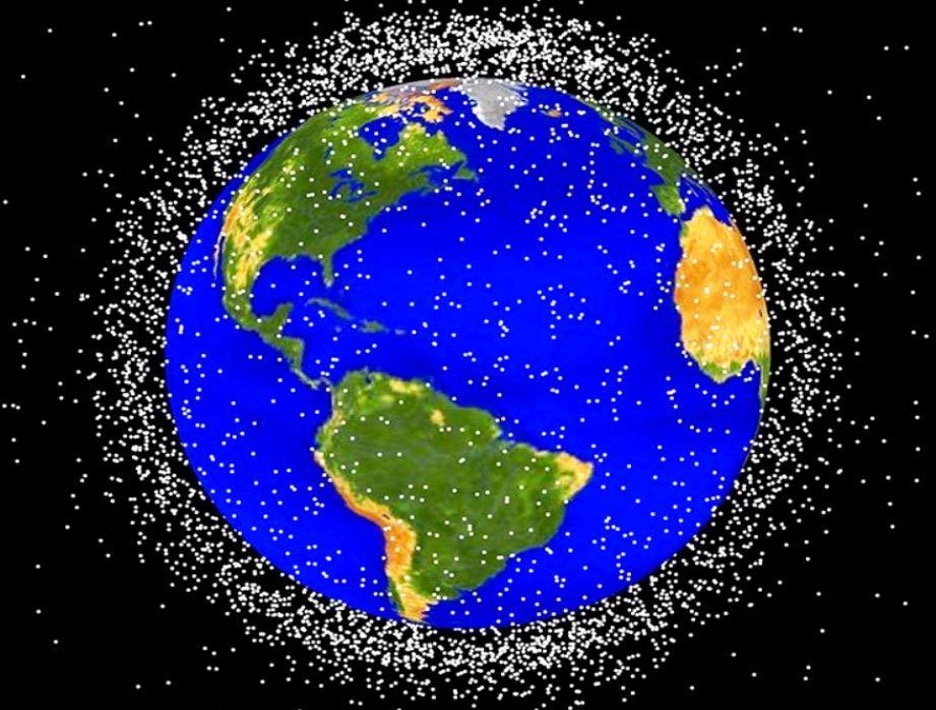
On 16th May, a recently launched Chinese satellite nearly collided with a defunct soviet-era satellite. The impact could have spelt disaster for more than just the Chinese satellite – the narrow miss was close to the SpaceX Starlink network. In response, UK Science, Innovation, and Technology Minister George Freeman took to social media to speak out about space debris and sustainability, and to highlight the need for more protection for low Earth orbit (LEO) satellites.
The event echoed the latest exhortations to explore collision avoidance and debris mitigation. Mr Freeman said the event was: “a wake-up call to the global space sector to redouble our efforts to remediate current space debris and mitigate further debris.”
The Near Miss Collision

LeoLabs, the team that discovered the near miss, reported that the conjunction was at ~545 Km. The miss distance was ~30.6 meters.
Space Debris and Space Sustainability
According to NASA, there are 27,000 items currently observed by the Department of Defense’s global Space Surveillance Network. Additionally, Britannica estimates there are 200,000 pieces of debris approximately 10 cm in length currently in orbit.
Therefore, there is now a drive to clean up space and remove any ‘space junk’ that poses a risk to LEO satellites and crewed space projects. LeoLabs said in their social media post that: “it’s imperative that we not only focus on collision avoidance but also debris mitigation and debris remediation to combat space debris.”
The UK’frequents Push for a Sustainable & Protected Satellite Era
Mr Freeman expressed that space sustainability will be a key pillar in the UK’s space strategy, and that the UK was exploring options to provide faster financing, cheaper satellite insurance, and quicker and easier licensing processes. The science minister wants to actively remove such debris and has announced previous initiatives to clean up space, but the recent near miss reaffirmed the necessity for space debris mitigation strategies.
Mr Freeman said on social media: “with potentially 00,000’s of new small LEO satellites set to be launched in the next decade in a commercial Wild West gold rush for satellite comms connectivity we face a serious risk of serious collision, debris damage & congestion interference to global comms (and our ability to do space science).”

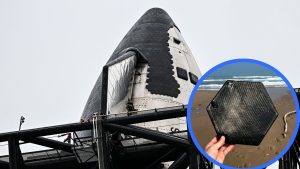


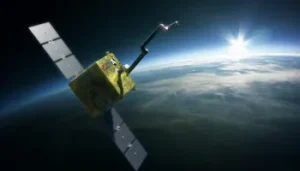
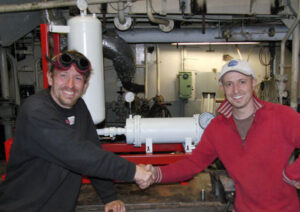
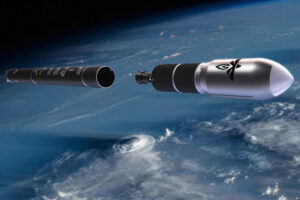
Thank you for your comment! It will be visible on the site after moderation.